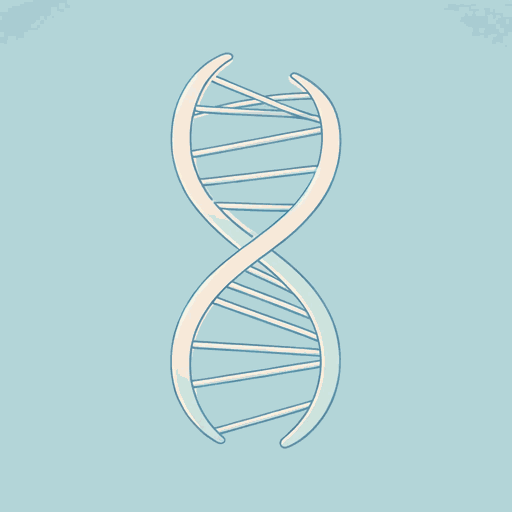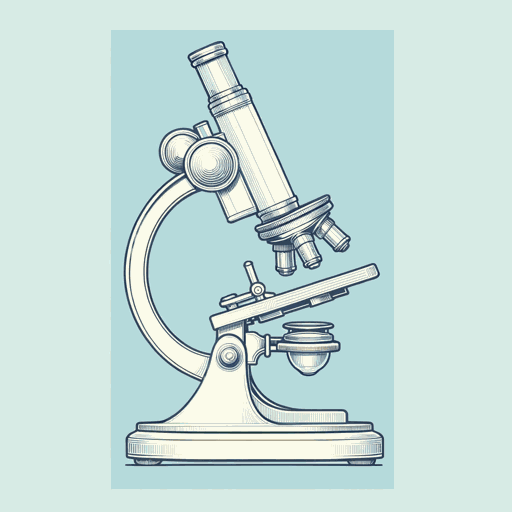67 pages • 2 hours read
Siddhartha MukherjeeThe Emperor of All Maladies: A Biography of Cancer
Nonfiction | Autobiography / Memoir | Adult | Published in 2010A modern alternative to SparkNotes and CliffsNotes, SuperSummary offers high-quality Study Guides with detailed chapter summaries and analysis of major themes, characters, and more.
Symbols & Motifs
Cancer
Throughout the book, Mukherjee depicts cancer as an “enemy.” For a long time, people considered cancer an external enemy that researchers were battling. However, it became clear over time that cancer evolved from our own cells and our own genome. It is not an external agent but an emanation from ourselves. Therefore, cancer is part of us, and our own life and death and together intertwined. As virologist Harold Varmus, winner of the Nobel Prize said, “In our adventures, we have only seen our monster more clearly and described his scales and fangs in new ways—ways that reveal a cancer cell to be, like Grendel, a distorted version of our normal selves” (363). Varmus realized by the late 1980s that cancer is a disease that comes from us, much in the same way Grendel, a monster in medieval literature, was a distorted version of a human being.
The author examines the fact that cancer is part of our own bodies. We are born with the potential to develop cancer. However, cancer cells are smarter, better versions because they can mutate and grow more quickly than normal cells. Cancer cells are also able to create pathways that provide them with blood supplies and prevent their death.
Related Titles
By Siddhartha Mukherjee



